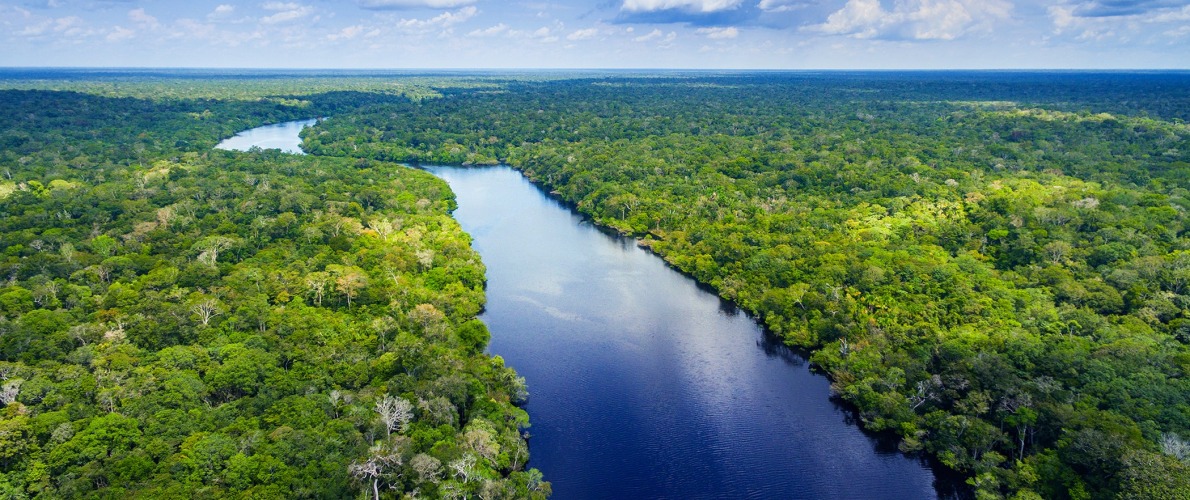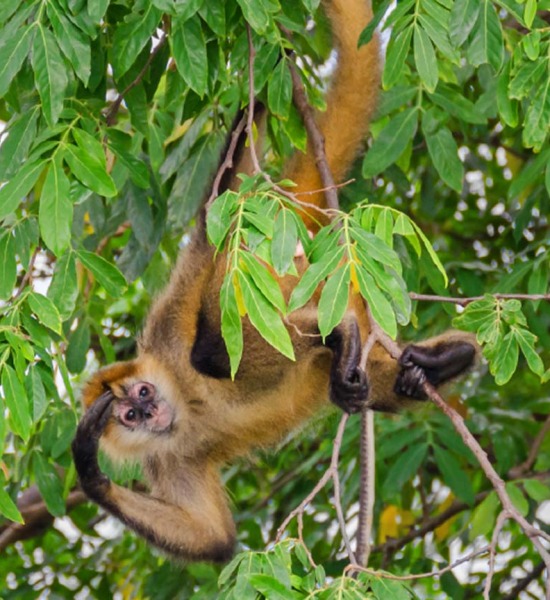
Safeguard the Highest Peaks of Mount Namuli
Support More Work Like ThisSupport More Work Like ThisThis 7,936-foot natural wonder presents a dramatic landscape, covered by a mosaic of high-elevation forests, grasslands, and agricultural land. It’s slopes are known for incredibly diverse species and high rates of endemism.
-
Species at Risk
Mount Namuli Pygmy Chameleon (EN), Vincent’s Bush Squirrel (EN), Spotted Ground-thrush (EN), Plectranthus Guruensis (EN), Thyolo Alethe (VU
-
Carbon stored
1,703,377 mT*
*(metric tons of CO2 equivalents) -
Partner
Nitidae
-
13,840 Proposed Acres Conserved by
Designation
-
Project Cost: $420,900

13,840
This 7,936-foot natural wonder presents a dramatic landscape, covered by a mosaic of high-elevation forests, grasslands, and agricultural land. It’s slopes are known for incredibly diverse species and high rates of endemism.
-
Species at Risk
Mount Namuli Pygmy Chameleon (EN), Vincent’s Bush Squirrel (EN), Spotted Ground-thrush (EN), Plectranthus Guruensis (EN), Thyolo Alethe (VU
-
Carbon stored
1,703,377 mT*
*(metric tons of CO2 equivalents) -
Partner
Nitidae
-
13,840 Proposed Acres Conserved by
Designation
-
Project Cost: £316,466

13,840
Mount Namuli is the second highest peak in Mozambique and part of the “sky island” mountain chain in Zambezia Province. This 7,936-foot natural wonder presents a dramatic landscape, covered by a mosaic of high-elevation forests, grasslands, and agricultural land. It’s slopes are known for incredibly diverse species and high rates of endemism. Namuli also provides critical ecosystem services to local communities that reside on the mountain.
Because this is a global priority for conservation, Rainforest Trust and our local partner, Nitidae, are working to establish a Community Conservation Area in the Mount Namuli uplands. This project will protect all areas above 3,937 and secure the resources local communities rely on.
The new protected area will also safeguard the habitat of many threatened species, including the endemic Vincent’s Bush Squirrel and Mount Namuli Pygmy Chameleon, which is found only in high-altitude forest patches. The Spotted Ground-thrush, Plectranthus guruensis and Vulnerable Thyolo Alethe can also be found here.
Explore Mozambique



Biodiversity
Reaching an altitude of 2,419 meters, Mount Namuli’s slopes are covered by a mosaic of forests, grasslands, and agricultural land in northern Mozambique’s Zambézia Province.
The Namuli project aims to protect all areas above 3,937 feet, which encompasses a mosaic of landscapes that include forest and high-elevation grasslands. In 2014, a research team conducted a study of previously unexplored habitats on the mountain’s rock face and found eleven herpetofauna species not previously known there, one snake and one frog species completely new to science, and five ant genera never before collected in Mozambique. Key species within the proposed protected area include the endemic Endangered Vincent’s Bush Squirrel and Mount Namuli Pygmy Chameleon, which is found only in forest patches and not the lowland savanna or montane grasslands. The Endangered Spotted Ground-thrush, Plectranthus guruensis and Vulnerable Thyolo Alethe have also been found here.
Challenges
Habitat degradation and forest fragmentation are the main threats to biodiversity on Mount Namuli, primarily from small-scale farming and hunting.
Forests are converted for the production of introduced crops such as potatoes, which exhaust soils. Fires started by local farmers to clear land for agriculture often spread quickly during the dry season, threatening grassland regeneration and high elevation primary forest. Forest conversion must be halted immediately to ensure that remaining biodiversity is preserved while long-term plans for conservation and natural resource management can be developed and implemented.
Solutions
Rainforest Trust and Nitidae seek $815,891 to designate 13,840 acres as the Mount Namuli Community Conservation Area.
The official approach for land protection will be mutually created with the communities which will require a zone of strict protection supported by buffer zones of indirect and direct use of varying intensities. Formal conservation agreements will be made with target communities and include protected area management planning and formation of community-led natural resource governance committees. Revenue generation through honey production and partnerships with businesses present in nearby markets will play a key role in providing sustainable economic growth within the communities, incentivizing their involvement. Deforestation will be systematically monitored through field team observations and community patrols. Patrols will actively monitor and manage natural resource use within the protected area, and be accountable to a management.


Sign up to receive the latest updates
"*" indicates required fields
100% of your money goes to our conservation efforts
Our board members and other supporters cover our operating costs, so you can give knowing your whole gift will protect rainforests.

